Dry almonds are a popular and nutritious snack that have been consumed by humans for thousands of years. Almonds are primarily grown in Mediterranean climates, with California being the leading producer of almonds worldwide. This summary will discuss the various aspects of dry almonds, including their history, production, nutritional benefits, and uses. Almonds have a rich history dating back to ancient civilizations such as the Romans and the Egyptians. They were highly regarded for their nutritional value and were often used in various culinary preparations. Today, almonds continue to be a staple in many cuisines around the world. The production of dry almonds starts with the cultivation of almond trees. These trees require hot and dry climates, as well as well-drained soils.
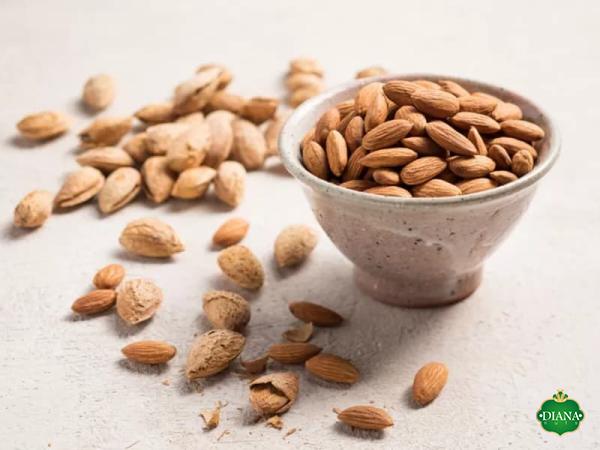
nut
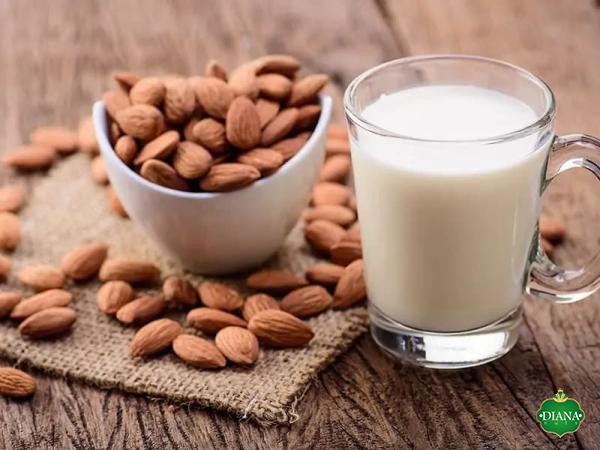 California’s Central Valley provides the ideal conditions for growing almonds, with the region accounting for over 80% of the world’s production. The almond trees go through a bloom period in early spring, followed by the growth of nuts on the trees. Once the almonds are mature, they are harvested using mechanical shakers or by hand. After harvesting, the almonds are dried to prevent spoilage and to ensure a longer shelf life. The drying process typically involves placing the almonds in warm air or in a low humidity environment. This helps to reduce the moisture content and enhance the flavor and texture of the almonds. Dry almonds are packed with essential nutrients that make them a healthy snack option. They are a great source of protein, healthy fats, and dietary fiber. Almonds are also rich in vitamins and minerals, including vitamin E, magnesium, and calcium.
California’s Central Valley provides the ideal conditions for growing almonds, with the region accounting for over 80% of the world’s production. The almond trees go through a bloom period in early spring, followed by the growth of nuts on the trees. Once the almonds are mature, they are harvested using mechanical shakers or by hand. After harvesting, the almonds are dried to prevent spoilage and to ensure a longer shelf life. The drying process typically involves placing the almonds in warm air or in a low humidity environment. This helps to reduce the moisture content and enhance the flavor and texture of the almonds. Dry almonds are packed with essential nutrients that make them a healthy snack option. They are a great source of protein, healthy fats, and dietary fiber. Almonds are also rich in vitamins and minerals, including vitamin E, magnesium, and calcium.
Specifications of nut
 These nutrients contribute to various health benefits, such as improving heart health, promoting weight management, and maintaining healthy brain function. In addition to their nutritional value, dry almonds have a diverse range of culinary uses. They can be consumed as a standalone snack or used as an ingredient in various recipes. Almond flour, made from ground almonds, is commonly used in gluten-free baking and is a popular alternative to regular flour. Almond butter, made by blending roasted almonds, is a nutritious spread that can be used in sandwiches or as a topping for fruits and vegetables. Almonds can also be sliced or slivered and added to salads, stir-fries, and desserts for added crunch and flavor. Furthermore, dry almonds have gained popularity as a sustainable and environmentally friendly crop.
These nutrients contribute to various health benefits, such as improving heart health, promoting weight management, and maintaining healthy brain function. In addition to their nutritional value, dry almonds have a diverse range of culinary uses. They can be consumed as a standalone snack or used as an ingredient in various recipes. Almond flour, made from ground almonds, is commonly used in gluten-free baking and is a popular alternative to regular flour. Almond butter, made by blending roasted almonds, is a nutritious spread that can be used in sandwiches or as a topping for fruits and vegetables. Almonds can also be sliced or slivered and added to salads, stir-fries, and desserts for added crunch and flavor. Furthermore, dry almonds have gained popularity as a sustainable and environmentally friendly crop.
buy nut
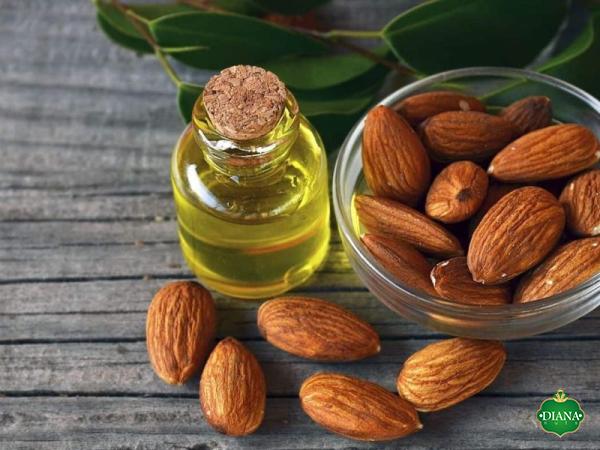 Almond trees are known for their ability to thrive in dry climates, making them a suitable crop for regions with limited water resources. However, the cultivation of almonds has also faced criticism due to the high amount of water required for their production. Efforts are being made by farmers and agricultural communities to improve water usage practices and promote sustainable almond farming. In conclusion, dry almonds are a versatile and nutritious food that has been consumed and enjoyed by humans for centuries. From their rich history to their modern-day production and culinary uses, almonds continue to be a staple in various cultures worldwide. With their numerous health benefits and environmental advantages, dry almonds are a great addition to a healthy diet and a sustainable food system.
Almond trees are known for their ability to thrive in dry climates, making them a suitable crop for regions with limited water resources. However, the cultivation of almonds has also faced criticism due to the high amount of water required for their production. Efforts are being made by farmers and agricultural communities to improve water usage practices and promote sustainable almond farming. In conclusion, dry almonds are a versatile and nutritious food that has been consumed and enjoyed by humans for centuries. From their rich history to their modern-day production and culinary uses, almonds continue to be a staple in various cultures worldwide. With their numerous health benefits and environmental advantages, dry almonds are a great addition to a healthy diet and a sustainable food system.

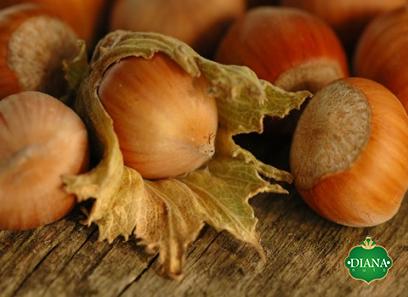


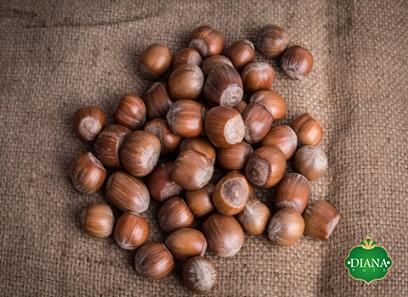


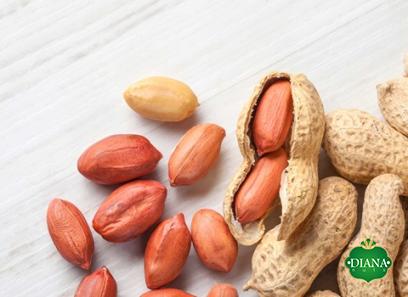
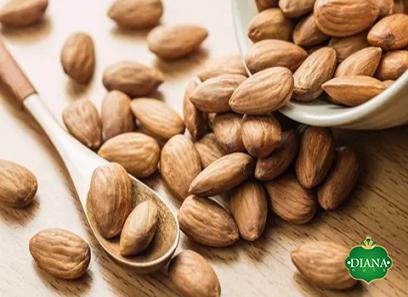
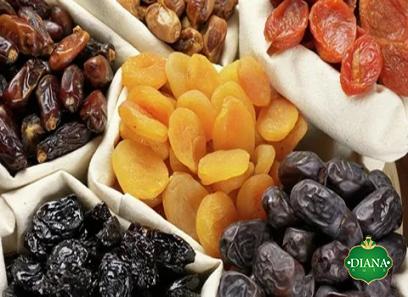
Your comment submitted.